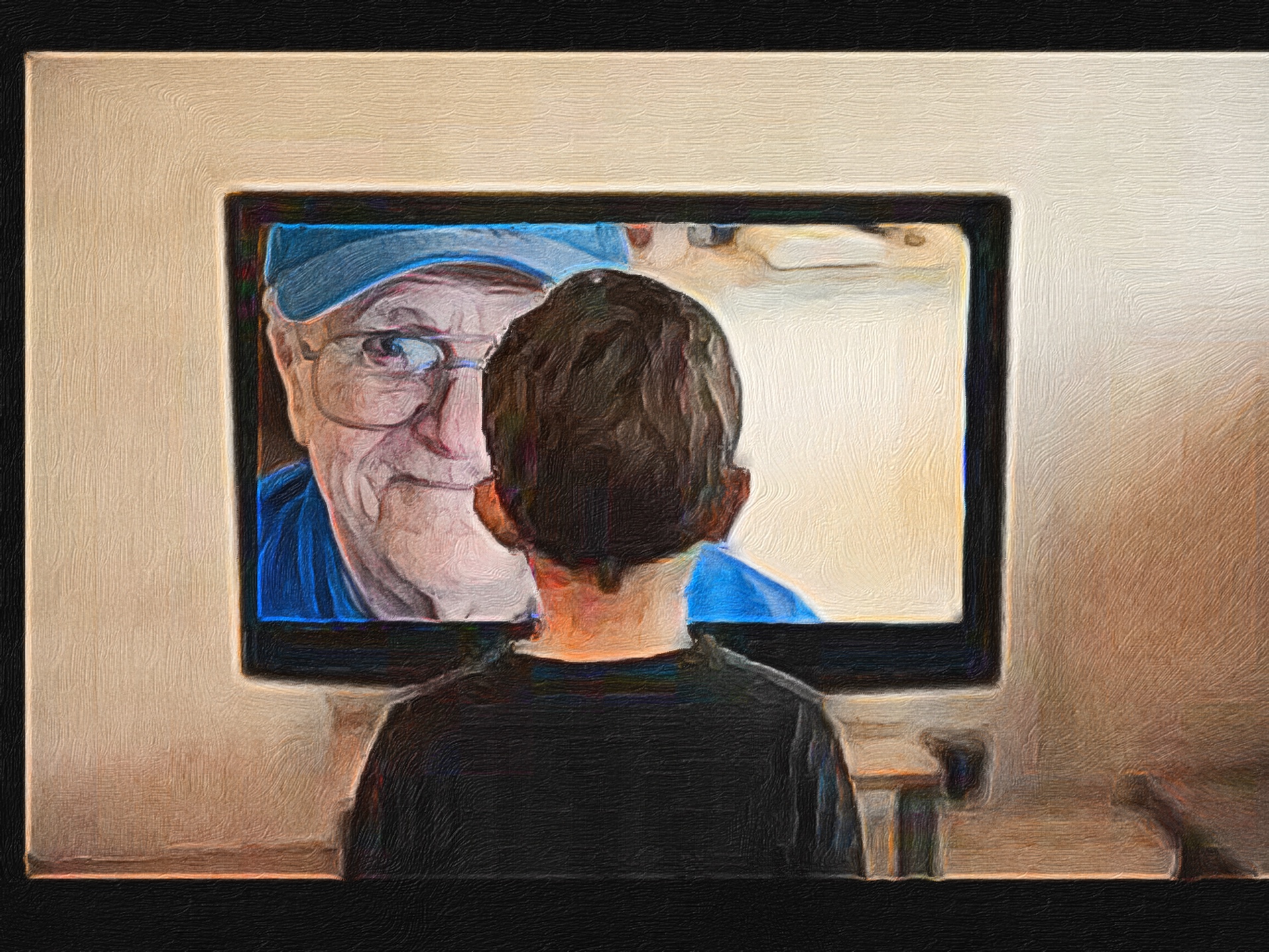What is Digital Storytelling?

This winter/spring the Loft is offering two classes in digital storytelling. What exactly is a digital story, and why might digital storytelling be of interest to writers?
Digital stories can be any digital media that tell a story. The Loft courses, however, focus on one form of digital storytelling: the short, personal video, narrated by a single voice, that uses still images as well as video clips and music to tell a compelling story. We see these stories every day in advertising, corporate and nonprofit video, motion poems, and short personal documentaries. Here’s an example of a digital story created as a collaborative project by multiple artists.
At the heart of the digital story is a piece of writing. We call it a script, but it is really just a narrative, usually in the first person, that tells a story from the narrator’s life. The script is short, often between 200 and 400 words.
As all writers know, the task of crafting a short piece like this is daunting. What makes it easier is knowing that the written narrative does only part of the work. A digital story runs on multiple cylinders. There’s the human voice, with all its richness and subtlety. There are photos, illustrations, and video clips—visuals that elaborate on the script, read between its lines, and provide abundant opportunity for metaphor. And there is music, which creates atmosphere and may even alter the emotional direction of a piece.
All this may sound complicated if you haven’t spent a lot of time with digital media, but creating a digital story is not as hard as you might think. One reason is that video editing software for consumers is surprisingly easy to use. These programs are more intuitive than many software programs for creative work (Photoshop, for example).
Because digital storytelling is accessible, it is widely used by community organizations and nonprofits as a way to gather and share the stories of community members, clients and constituents. Creative Narrations is an example of an organization that works with the community to create short video. People who participate in these projects not only experience personal empowerment, but they contribute to wider conversations and advocacy within their communities.
Another reason digital storytelling is an accessible form of expression for writers is that it uses many of the same techniques and craft. Digital storytellers structure an engaging story; find the language (verbal, visual or musical) to bring the story to life; seek economy of expression; appeal to the viewer’s senses; integrate metaphor and other tropes; and use pacing and transitions to heighten the impact.
While digital stories are typically narrative, the same techniques can be used for poetry, short essays, and other forms of writing. Multimodal expression is now a key component in our toolbox of literacy. It pervades our schools, our daily lives, and our creative spaces.
If you’d like to view some examples of digital stories created in a workshop setting, check out these videos from StoryCenter, an organization that has brought digital storytelling to communities throughout the world.

